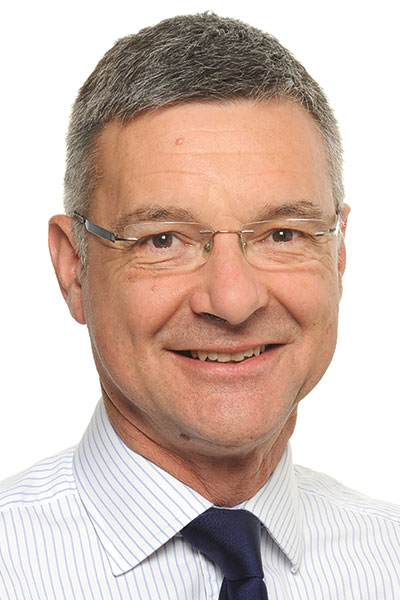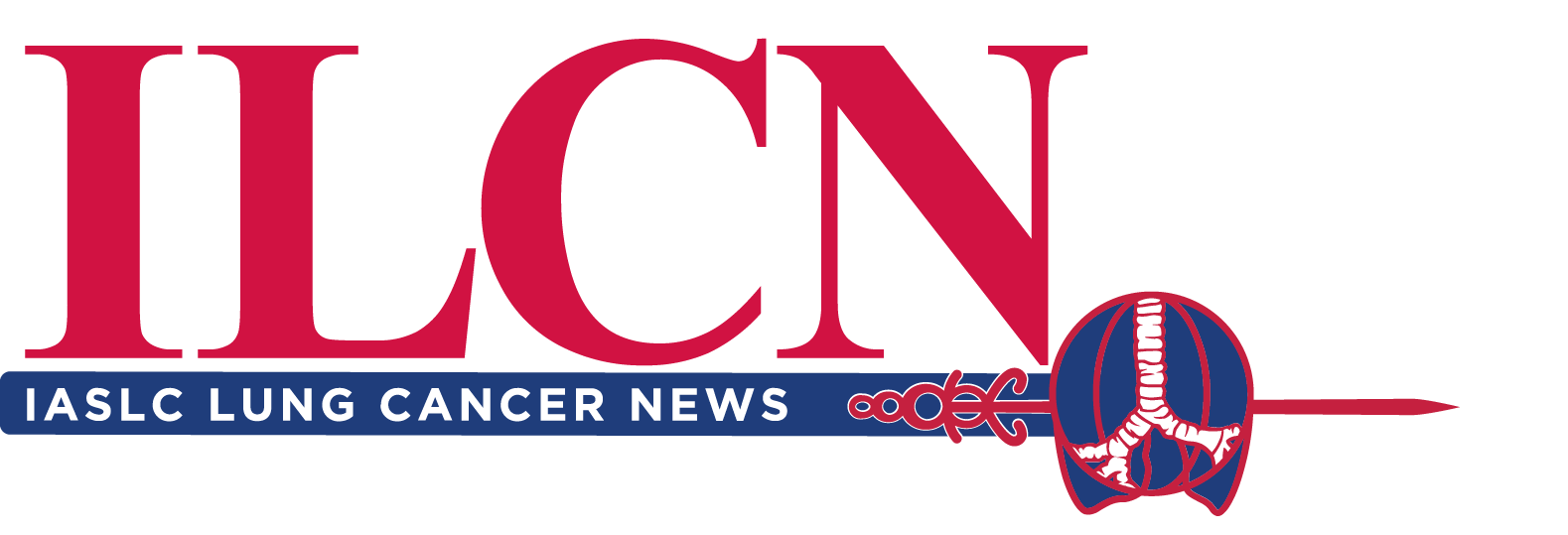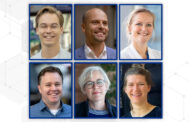World-renowned non-small cell lung cancer (NSCLC) expert Keith Kerr, BSc, MB, ChB, told attendees of the European Lung Cancer Congress (ELCC) 2025 that the historic disconnect between lung cancer pathologists and clinicians has narrowed, with advances in precision medicine and artificial intelligence (AI) leading to novel ways of integrating insights from pathology classification into clinical decision-making.

Dr. Kerr, Honorary Professor in the Department of Pathology at the University of Aberdeen in Aberdeen, Scotland, made his remarks after accepting the prestigious Heine H. Hansen Award, which was established in 2015 by the IASLC and the European Society for Medical Oncology (ESMO).
Dr. Kerr is widely recognized for his contributions to the classification of NSCLC and for his work in formulating guidelines for the diagnosis and treatment of lung cancer.
Noting the historic divide between pathology and medical oncology, Dr. Kerr said it was an incredible honor for a pathologist to be recognized by two leading oncology organizations.
Dr. Kerr noted pathology’s morphologic approach historically struggled to find relevance in lung cancer treatment. He said this disconnect defined the early stages of his career—when most patients received radiotherapy regardless of which lung cancer diagnosis a pathologist might make.
There were some notable exceptions. By the 1980s, chemotherapy for small cell carcinoma became established, so morphologic diagnoses were now of interest to clinicians. The two parallel professions were brought closer together with a groundbreaking 2008 trial that demonstrated the importance of histologic classification by showing differential efficacy of chemotherapy according to cell type in patients who had squamous versus non-squamous NSCLC.1
“From a pathologist’s point of view, this really was the key change in terms of oncologists being interested in pathologic diagnosis at that level of detail,” Dr. Kerr said, noting that it also led to more standardization across the two specialties—eventually resulting in fundamental changes in classifications that are more clinically meaningful.
As pathology and oncology have moved closer, the two fields have seen advances in microbiology and immunotherapy that have led to a rise in personalized medicine in NSCLC, an increased use of biomarkers, and the integration of standard terms from pathology into clinical practice.
Turning to AI, Dr. Kerr said that emergent technologies have vast potential for digital image analysis that can be applied to tumor microenvironments, immunohistochemistry, PD-(L)1 assessments and more. However, he said the field will need to determine—on a case-by-case basis—if AI tools are truly effective and financially viable.
He said every year he shares with his students a remark Heine H. Hansen made in 1990: “To decrease the death rate of lung cancer is today one of the major challenges of medical doctors all over the world. In Europe alone, one person is dying of lung cancer every two minutes.”
“It’s quite sobering, and we’re still in quite a sobering situation,” Dr. Kerr said. “But I do like to think that things have gotten better over the last 35 years, and I also like to think that the pathology community has contributed something to that improvement.”
The Heine H. Hansen Award is named in honor of the pioneering Danish lung cancer scientist who was one of the founders of both ESMO and IASLC.2 The two organizations present this award annually to honor a lung cancer investigator who has made a significant contribution to lung cancer research and education internationally. Previous award recipients include:
- Enriqueta Felip (2024)
- Paul Baas (2023)
- Fred R. Hirsch (2022)
- Johan Vansteenkiste (2021)
- Fiona Blackhall (2020)
- Françoise Mornex (2019)
- Fabrice Barlesi (2018)
- Rafal Dziadziuszko (2017)
- Suresh Senan (2016)
- Pieter Postmus (2015)
References
- 1. Scagliotti GV, Parikh P, von Pawel J, Biesma B, Vansteenkiste J, Manegold C, Serwatowski P, Gatzemeier U, Digumarti R, Zukin M, Lee JS, Mellemgaard A, Park K, Patil S, Rolski J, Goksel T, de Marinis F, Simms L, Sugarman KP, Gandara D. Phase III study comparing cisplatin plus gemcitabine with cisplatin plus pemetrexed in chemotherapy-naive patients with advanced-stage non-small-cell lung cancer. J Clin Oncol. 2008 Jul 20;26(21):3543-51. doi: 10.1200/JCO.2007.15.0375. Epub 2008 May 27. PMID: 18506025.
- 2. Tonato, M. Heine H. Hansen, 1938–2011: A European oncologist appears in Annals of Oncology, Volume 23, Issue 2, 283 – 284.




